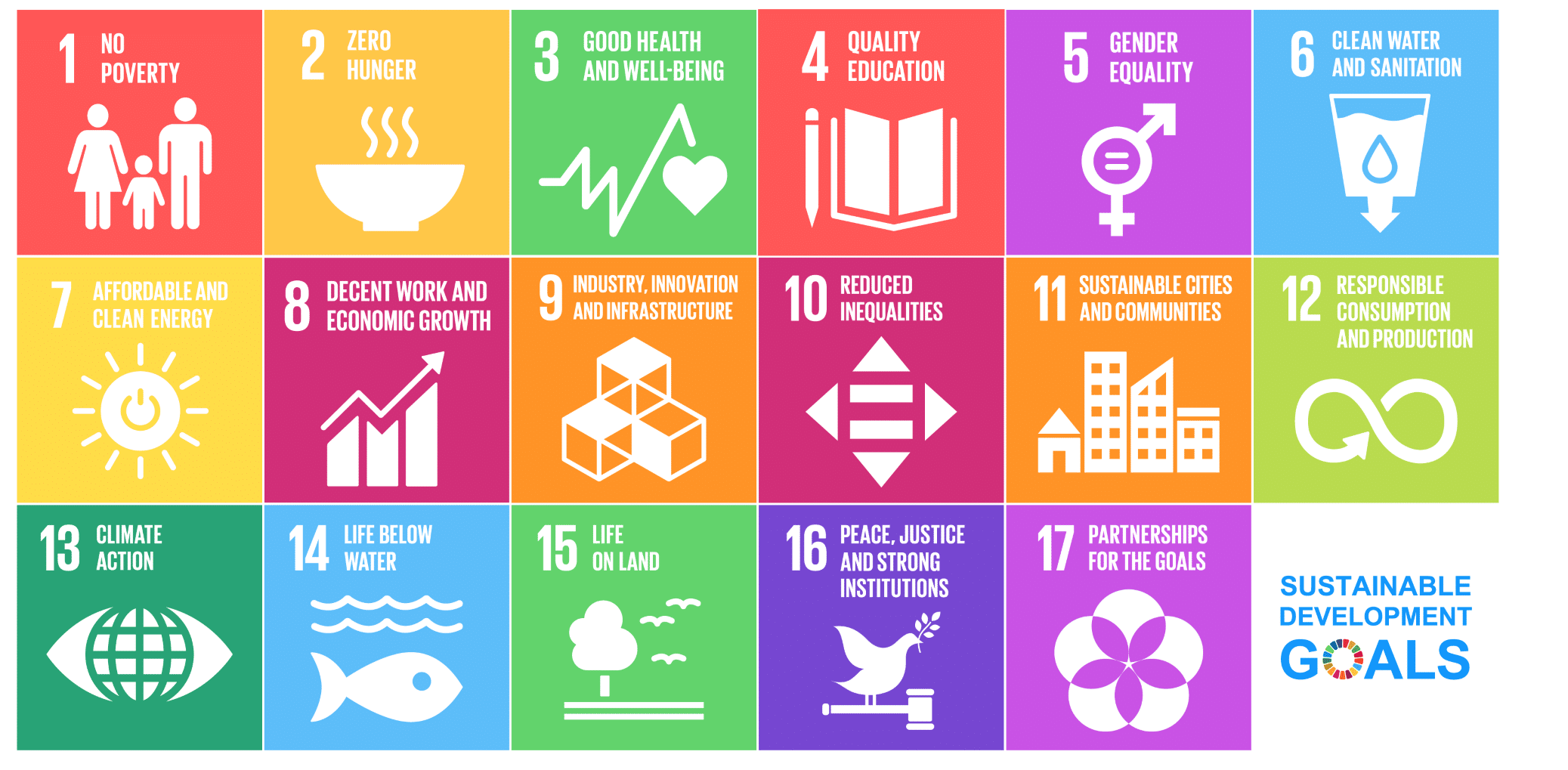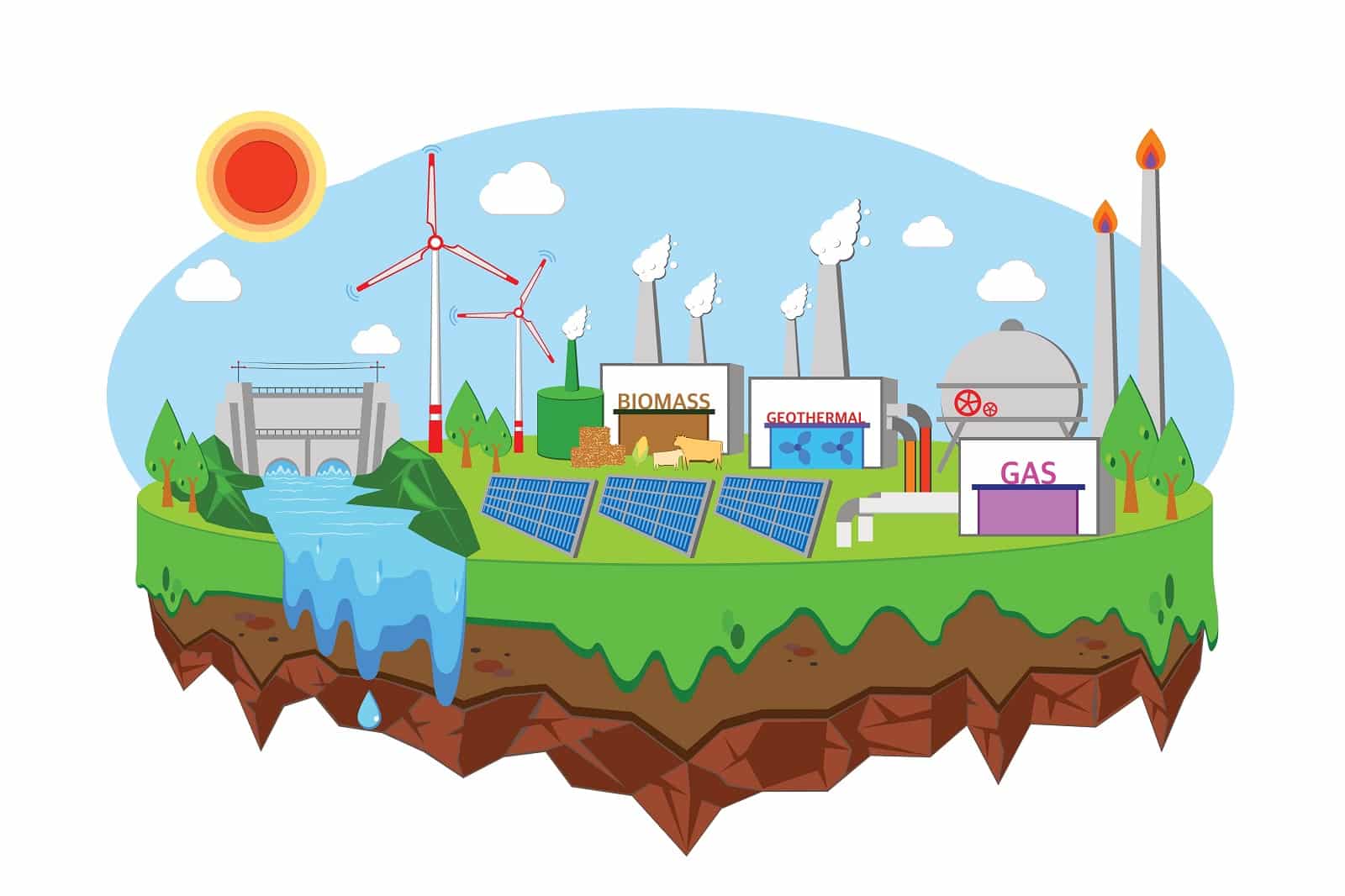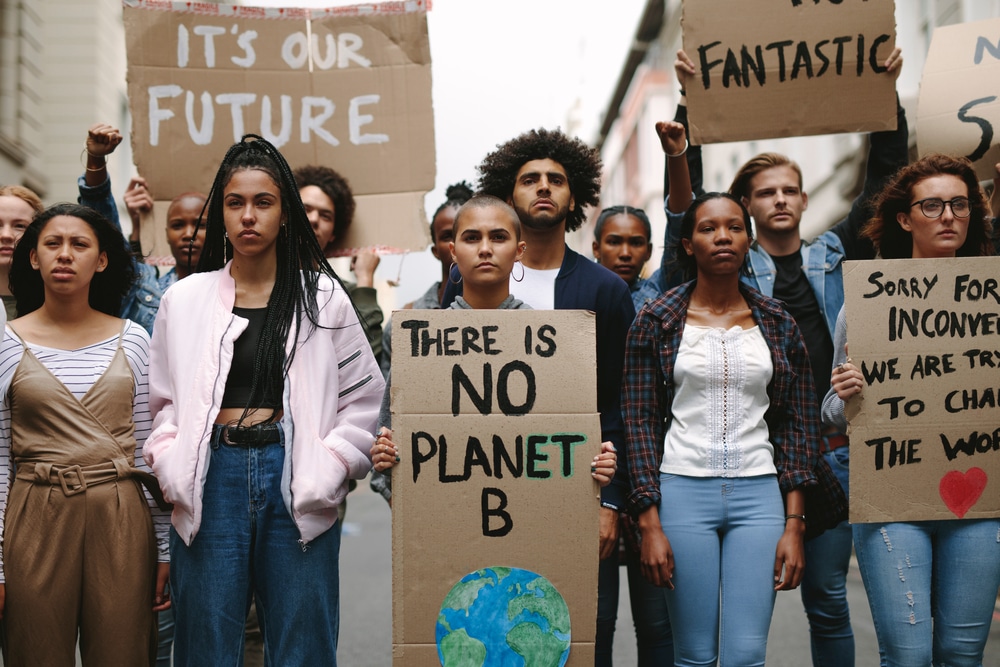[vc_row][vc_column width=”2/3″][vc_column_text css=”.vc_custom_1568054841514{background-image: url(https://securesustain.org/wp-content/uploads/2019/09/Future-e1568054831182.jpg?id=13937) !important;}”]
[/vc_column_text][vc_column_text css=”.vc_custom_1568054999809{margin-right: 20px !important;}”]
Abstract:
“Sustainability” did not appear in any book title until 1976, but there were many related ideas in the 1970s. A marked transition toward sustainability is now underway, driven by worsening climate change, with roughly 5,000 books and some 500 international organizations calling for sustainable societies, cities, businesses, and economies.
This “horizontal” exploration is based on current mapping research for a “Security and Sustainability Guide” to the organizational macro-system. As of April 2015, some 950 organizations have been identified, roughly half concerned with promoting sustainability (and greater social equity and human rights in many instances), and the other half concerned with related topics (security, energy, food, conservation). Roughly, about half of these organizations were initiated since 2000. The United Nations, formed after World War II to promote security, has been a major driver of sustainability in recent decades, with some 30 or so programs.
But this burgeoning movement with many leaders and many names still has a long way to go, and success is problematic: 1) accelerating climate change may offset gains; 2) despite a growing number of alliances, consortia, and networks, there is still considerable fragmentation, and the huge number of “coopetitive” organizations may be a political handicap; 3) leading organizations for sustainability are in cosmopolitan cities and countries furthest along the green path to robust sustainability; other countries may be unwilling or unable to follow; 4) major differences among sustainability groups dilute political impact, notably “realos” vs. “fundis,” generalists vs. specialists, and scientists/academics vs. activists/popularizers; 5) the broad realm of national and global security is both a barrier to sustainability and a potential driver, once it is realized that we cannot have security without sustainability—and vice versa; 6) infoglut is a major barrier, and better information management is needed; 7) we all have much to learn about sustainability, and “third-level scholarship” is needed to integrate second-level integrators. Illustrative proposals to accelerate efficacy of the sustainability movement include integration of Club of Rome reports, studying relevant alliances and consortia, creating information portals for energy alternatives and new economics that survey progress and prospects, a “portable lecture series” on sustainable development topics, a series of televised “Great Debates” in every country, and a portal for all “New Paradigm/Big Picture” agendas.[/vc_column_text][/vc_column][vc_column width=”1/3″][vc_column_text]The full essay is available here: Sustainability, Past and Future: Ten Propositions on the Emerging Organizational Macro-System
First published in Eruditio, 2:1, Jan 2016, 117-137.[/vc_column_text][vc_column_text]
Author:
[/vc_column_text][/vc_column][/vc_row][vc_row][vc_column][/vc_column][/vc_row][vc_row][vc_column][/vc_column][/vc_row]



